2025 International Building Code Group B Committee Action Agenda: Complete Monograph (2630 Pages)
More outdoor firepits in educational settlements

Occupancy classification is a first principle in all International Code Council consensus products. Chapels and churches associated with educational institutions are grouped with all other “Places of Religious Worship” in Section 303.4 Assembly Group A-3. You may find the text of this section in the current 2024 edition in the link below:
2024 International Building Code | Section 303 | Assembly Group A
For the next few weeks we will sort through issues appearing in the transcript below:
2025 Group B Committee Action Agenda (2630 Pages)
Recent incidents in the tragic city of Minneapolis inspire revisiting the standards of care listed below:
Targeted Violence and Active Shooters: Incidents like mass shootings have increased, with 54% of attacks on U.S. houses of worship involving armed assaults, often motivated by religious or racial hatred (67% of cases). Comprehensive emergency plans and training are critical.
Vandalism and Arson: These are common, with over 400 attacks on U.S. churches since 2020, including property damage and desecration. Surveillance cameras and regular security audits can deter such acts.
Theft: Donation boxes, religious artifacts, and personal belongings are frequent targets. Access control and monitoring valuables reduce risks.
Cybersecurity Threats: Houses of worship are vulnerable to hacking, ransomware, and data breaches, especially as they rely on digital platforms. Implementing cybersecurity best practices is essential.
Internal Threats: Risks from disgruntled employees or volunteers, including theft or fraud, necessitate thorough background checks and clear protocols for handling sensitive information.
Proactive measures like risk assessments, security teams, and collaboration with law enforcement can mitigate these threats while maintaining a welcoming environment
Related:
Why is the State of Minnesota such a hot mess?
GROUP A MODEL BUILDING CODES: Comments on Committee Actions will be received until July 8th
International Building Code Chapter 4, Section 406.2.7
Free public access to the 2021 edition of the International Energy Conservation Code (IECC) is linked below:
2021 International Energy Conservation Code
Electric vehicle charging stations are addressed in the 2024 International Energy Conservation Code (IECC) within two specific appendices:
Appendix RE: This appendix provides detailed requirements for electric vehicle charging infrastructure, focusing on both residential and commercial buildings. It includes definitions and infrastructure standards to ensure that new constructions are equipped to support electric vehicle charging
Appendix CG: This appendix offers guidance on electric vehicle power transfer and charging infrastructure, emphasizing the integration of EV-ready requirements into building designs. It outlines the necessary provisions for installing and managing EV charging stations, ensuring compliance with energy conservation standards
.These appendices are part of the broader efforts to incorporate EV infrastructure into building codes, promoting energy efficiency and supporting the transition to electric vehicles.
This standard will be updated within a reconfigured code development cycle linked below:
2024/2025/2026 ICC CODE DEVELOPMENT SCHEDULE
Keep in mind that many electric vehicle safety and sustainability concepts will track in other titles in the ICC catalog. It is enlightening to see other energy related proposals tracking in the most recent Group A code revision cycle
The following proposals discussed during the Group A Hearings ended earlier this month are noteworthy:
IBC § 202 (NEW) | G66-21 | Electrical mobility definitions
IBC § 1107.2, et al | E124-21 & E125-21 & E126-21 | Electrical vehicle charging stations for R-2 occupancies.
From the Group B revision cycle — COMPLETE MONOGRAPH:
R309.6 Electric vehicle charging stations and systems. Where provided, electric vehicle charging systems shall be installed in accordance with NFPA 70. Electric vehicle charging system equipment shall be listed and labeled in accordance with UL 2202. Electric vehicle supply equipment shall be listed and labeled in accordance with UL 2594.
IBC 406.2.7 Electric vehicle charging stations and systems. Where provided, electric vehicle charging systems shall be installed in accordance with NFPA 70. Electric vehicle charging system equipment shall be listed and labeled in accordance with UL 2202. Electric vehicle supply equipment shall be listed and labeled in accordance with UL 2594. Accessibility to electric vehicle charging stations shall be provided in accordance with Section 1108.
TABLE R328.5 MAXIMUM AGGREGATE RATINGS OF ESS (Energy Storage Systems) – PDF Page 1476
Incumbents are socking in EV concepts all across the ICC catalog. We refer them to experts in the Industrial Applications Society IEEE E&H Committee.
One of the more spirited debates in recent revision cycles is the following:
Who shall pay for electrical vehicle charging infrastructure?
The underlying assumption is that the electrification of the global transportation grid has a net benefit. We remain mute on that question; the question of net gain.
Of course, many proposals pointed the finger at the stakeholder with the deepest pockets. Accordingly, new commercial building owners will be required to install charging stations for new buildings. During 2018 and 2019 we tracked the action in the workspace below so that we could collaborate with the IEEE Education & Healthcare Facilities Committee:
2021 Electric Vehicle Infrastructure
Given that most higher education facilities are classified as commercial, the cost of charging stations will be conveyed into the new building construction budget unless the unit takes an exception. Generally speaking, most colleges and universities like to display their electric vehicle credentials, even if the use of such charging stations remains sparse.
Issue: [11-40]
Category: Electrical, #SmartCampus
Colleagues: Mike Anthony, Jim Harvey
* The education industry has significant square footage this is classified as residential; particularly on the periphery of large research campuses.
LEARN MORE:
ICC 2021/2022 Code Development Cycle
The Top 5 Energy Efficiency Proposals for the 2021 IECC
2025 Committee Action Hearings – Group B #1
Proposal for Performance-Based Building Premise Wiring | Chapter 27): Monograph Page 754
The International Code Council bibliography of electrical safety practice incorporates titles published by the National Fire Protection Association which reference electrical safety science titles published by the Institute of Electrical and Electronic Engineers. The relevant section of the International Building Code is therefore relatively short:
2021 International Building Code: Chapter 27 Electrical
Note that Chapter 27 provides more guidance on managing the hazards created when electricity is absent*. Since the National Electrical Code is informed by a fire safety building premise wiring culture; absence of electricity is not as great a hazard as when building wiring systems are energized. (“So they say” — Mike Anthony, who thinks quite otherwise.)
2024/2025/2026 ICC CODE DEVELOPMENT SCHEDULE
2025 GROUP B PROPOSED CHANGES TO THE I-CODES | Complete Monograph (2630 pages)
Although we collaborate most closely with the IEEE Education & Healthcare Facilities Committee (four times monthly in Europe and the Americas) we e encourage our colleagues in education communities everywhere to participate directly in the ICC Code Development process. CLICK HERE to set up an account.
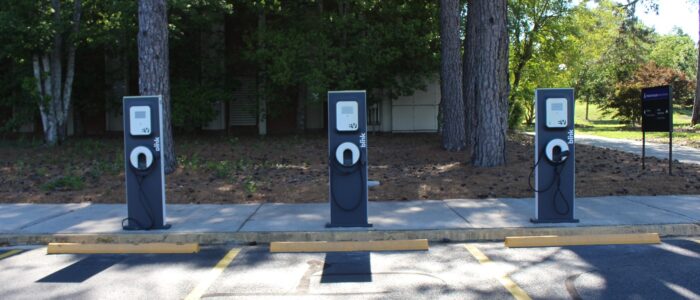
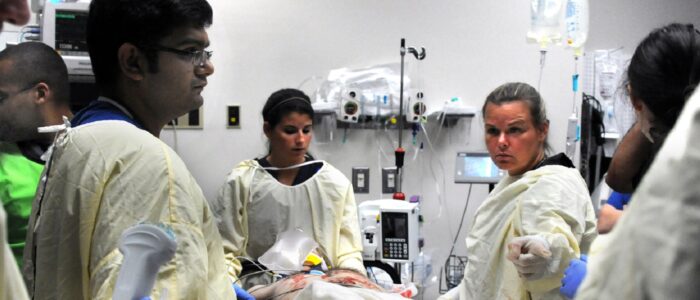
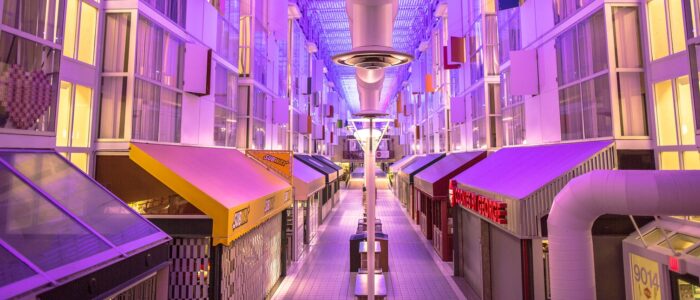
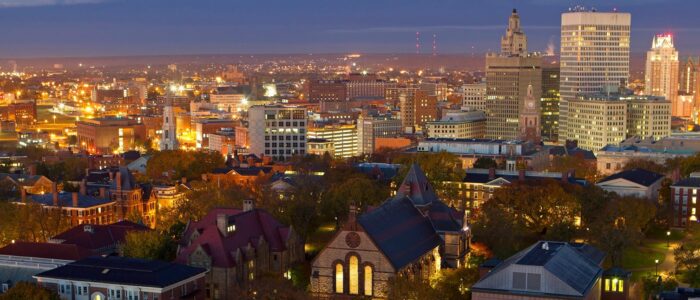

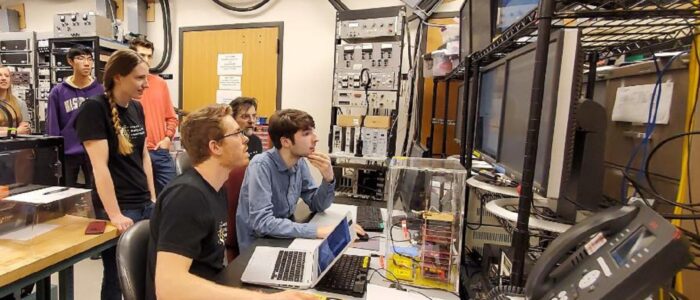

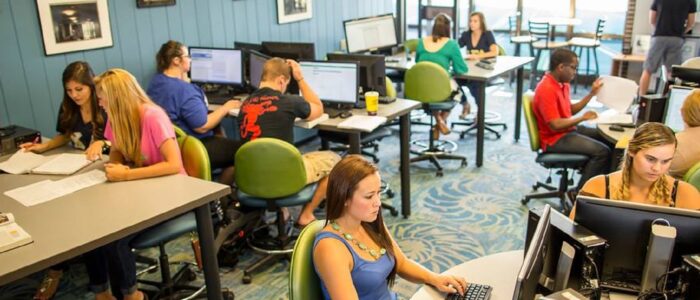
It is enlightening — and a time saver — to unpack the transcripts of previous revisions of codes and standards to see what concepts were presented, what got discussed; what passed and what failed. We provide links to a few previous posts that track recent action in the ICC suite relevant to electrotechnologies:
The ICC suite of consensus products are relevant to almost all of our work; everyday. See our CALENDAR that reflects our Syllabus. Today we deal with electrical safety concepts because technical committees are meeting from November to January to write the 2023 National Electrical Code. CLICK HERE to follow the action in more detail.
* The original University of Michigan advocacy enterprise began pounding on National Electrical Code committees to install more power reliability concepts in the 2002 Edition with only modest success. Standards Michigan has since collaborated with the IEEE Education & Healthcare Facilities Committee to drive “absence-of-power-as-a-hazard” into the National Electrical Code; the 2023 now open for public consultation.
N.B.
Assuming building interior fire safety issues can be managed, one way of getting more electric vehicle charging stations built around campus is to install requirements into the building code — thereby putting the construction cost, operation, maintenance and risk upon real-asset Developers and Owners. Code change submittals for the Group A tranche of titles will be received until January 8, 2024.
“The Church is not a gallery for the exhibition of eminent Christians,
but a school for the education of imperfect ones.”
— Henry Ward Beecher
WEBCAST Committee Action Hearings, Group A #2
2024 International Building Code: Chapter 3 Occupancy Classification and Use
In the International Code Council catalog of best practice literature we find the first principles for safety in places of worship tracking in the following sections of the International Building Code (IBC):
“303.1.4: Accessory religious educational rooms and religious auditoriums with occupant loads less than 100 per room or space are not considered separate occupancies.” This informs how fire protection systems are designed.
Section 305 Educational Group E
“305.2.1: Rooms and spaces within places of worship proving such day care during religious functions shall be classified as part of the primary occupancy.” This group includes building and structures or portions thereof occupied by more than five children older than 2-1/2 years of age who receive educational, supervision or personal care services for fewer than 24 hours per day.
Section 308 Institutional Group I
“308.5.2: Rooms and spaces within places of religious worship providing [Group I-4 Day Care Facilities] during religious functions shall be classified as part of the primary occupancy. When [Group I-4 Day Care Facilities] includes buildings and structures occupied by more than five persons of any age who receive custodial care for fewer than 24 hours per day by persons other than parents or guardians, relatives by blood, marriage or adoption, and in a place other than the home of the person cared for.
Tricky stuff — and we haven’t even included conditions under which university-affiliated places of worship may expected to be used as community storm shelters.
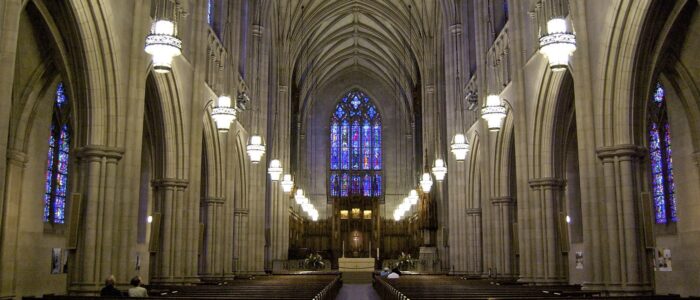
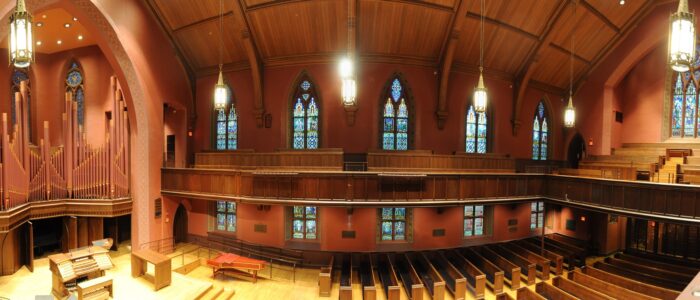
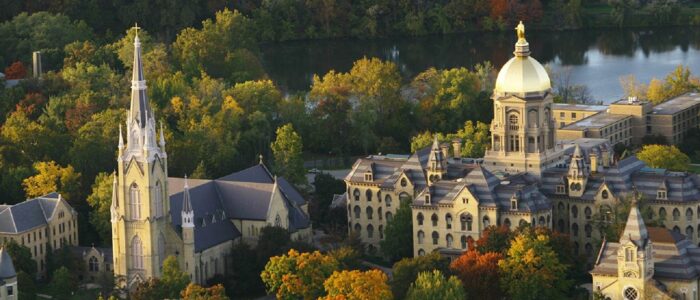
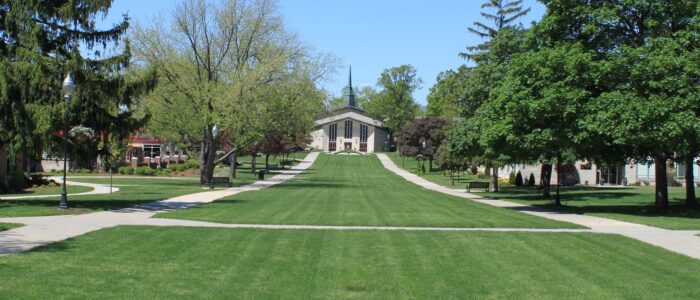
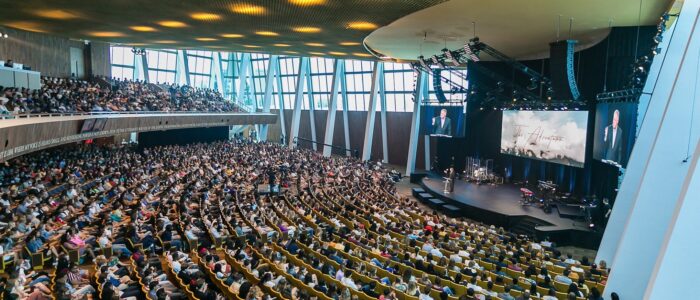

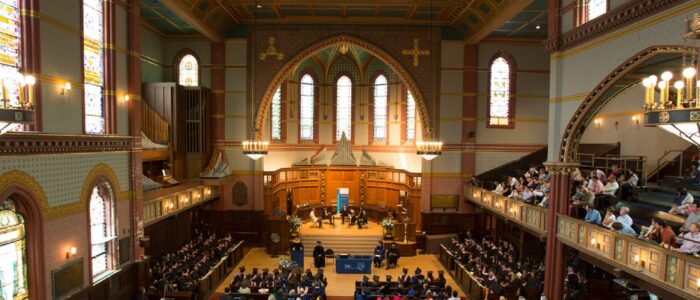
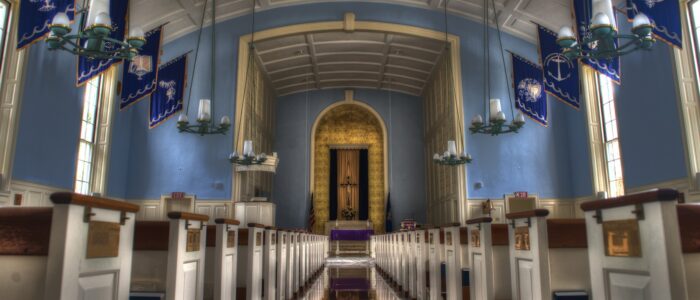







2024/2025/2026 ICC CODE DEVELOPMENT SCHEDULE
Public response to Committee Actions taken in Orlando in April will be received until July 8th.
Because standard development tends to be a backward-looking domain it is enlightening to understand the concepts in play in previous editions. The complete monograph of proposals for new building safety concepts for places of worship for the current revision cycle is linked below:
2021/2022 Code Development: Group B
A simple search on the word “worship” will reveal what ideas are in play. With the Group B Public Comment Hearings now complete ICC administered committees are now curating the results for the Online Governmental Consensus Vote milestone in the ICC process that was completed December 6th. Status reports are linked below:
2018/2019 Code Development: Group B
Note that a number of proposals that passed the governmental vote are being challenged by a number of stakeholders in a follow-on appeals process:
A quick review of the appeals statements reveals some concern over process, administration and technical matters but none of them directly affect how leading practice for places of worship is asserted.
We are happy to get down in the weeds with facility professionals on other technical issues regarding other occupancy classes that are present in educational communities. See our CALENDAR for next Construction (Ædificare) colloquium open to everyone.
Issue: [17-353]
Category: Chapels
Colleagues: Mike Anthony, Jack Janveja, Richard Robben, Larry Spielvogel
More
Religion is a culture of faith; science is a culture of doubt. pic.twitter.com/H6dgJ5DnSC
— Prof. Feynman (@ProfFeynman) October 8, 2023
International Building Code (IBC): Widely used in the United States and other regions, the IBC sets minimum requirements for structural design, materials, and maintenance to ensure safety and performance. It references standards like ASCE 7 (Minimum Design Loads and Associated Criteria for Buildings and Other Structures) for load calculations (e.g., wind, seismic, snow).Maintenance provisions require regular inspections and repairs to address issues like cracking or deterioration.
ACI 318 (Building Code Requirements for Structural Concrete): Published by the American Concrete Institute this standard governs the design and construction of concrete structures.Includes requirements to control cracking (e.g., reinforcement detailing, concrete mix design) and ensure durability under environmental exposure.Maintenance guidelines recommend periodic inspections for cracks, spalling, or reinforcement corrosion.
AISC 360 (Specification for Structural Steel Buildings): Published by the American Institute of Steel Construction, this standard covers the design, fabrication, and erection of steel structures. Addresses fatigue, connection design, and corrosion protection to prevent structural failure. Maintenance involves inspecting for issues like weld imperfections or coating degradation.
IEEE: Structural Health Monitoring system based on strain gauge enabled wireless sensor nodes
2024 International Energy Conservation Code (IECC) | April, May 2025
2024/2025/2026 ICC CODE DEVELOPMENT SCHEDULE
2024 GROUP A PROPOSED CHANGES TO THE I-CODES
Public Comment Period on the IECC
AIA Michigan Comment on ICC Code Development Process
National Electrical Manufacturers Association
Shouldn’t energy conservation measures be determined by market forces rather than building construction regulations?
Energy codes in the United States are adopted and enforced at the state level, and the stringency of the energy codes can vary widely from state to state. For example, as of September 2021, four states (Alabama, Mississippi, South Carolina, and West Virginia) had not adopted statewide energy codes at all, according to the Building Codes Assistance Project. Other states may have adopted energy codes but have not updated them to the latest version, which could be less stringent than more recent versions.
We do not spend too many resources challenging the zietgeist. Engineers, by nature, seek to do more with less but it is worth reminding our colleagues that energy conservation practices vary widely around the globe and not every nation supports what amounts to an energy police state.
The International Energy Conservation Code is a model building code developed by the International Code Council for incorporation by reference into state and local energy conservation legislation. Free access to the current edition is linked below:
2021 International Energy Conservation Code
Sell Sheet: Leading the Way to Energy Efficiency
2024 International Energy Conservation Code Update: Appeals Deadline Extended
Apart from product prescriptive passages IECC is a largely a performance code which draws its inspiration from other energy-related catalogs developed by United States standards developers; notably ASHRAE International. Several accessory titles supporting the current 2021 edition which address energy efficiency on several fronts including cost, energy usage, use of natural resources and the impact of energy usage on the environment are linked below:
Many of the ideas in play can be tracked in the transcripts linked below:
Complete Monograph: 2022 Group B Proposed Changes
Complete Monograph: 2022 Group B Public Comment Agenda
Note the pre-occupation with products such as insulation, fenestration, power outlets and lighting — reflecting the financial support of energy activists advocating on behalf of manufacturers who tend build the cost of their advocacy in the price of their product.
A commonly overlooked energy conservation measure is reducing standby power consumption, also known as “vampire power.” Many electronic devices, such as televisions, computers, and chargers, consume energy even when they are not actively being used but are still plugged in. This standby power can account for up to 10% of a building’s energy consumption.
While our focus tends to be on the commercial facility docket, we keep an eye on the residential docket because, a) many colleges and universities own and operate square-footage on the periphery of their campuses that is classified as residential, b) many student rental houses are obviously classified as residential and we want property owners to be able to afford reasonable energy conservation measures for the houses they rent to students.*
From previous posts we explained we summarized our priorities for the Group B cycle and the IECC in particular:
We encourage our colleagues in energy enterprises in education communities to participate directly in the ICC Code Development Process.*
2024/2025/2026 ICC CODE DEVELOPMENT SCHEDULE
The IECC is a standing item on our periodic Energy 200, Power, Mechanical and Hello World! colloquia. See our CALENDAR for the next online meeting; open to everyone.
Issue: [Various]
Category: Architectural, Facility Asset Management, Space Planning
Colleagues: Mike Anthony, Jim Harvey, Jack Janveja, Richard Robben, Larry Spielvogel
* More:
New update alert! The 2022 update to the Trademark Assignment Dataset is now available online. Find 1.29 million trademark assignments, involving 2.28 million unique trademark properties issued by the USPTO between March 1952 and January 2023: https://t.co/njrDAbSpwB pic.twitter.com/GkAXrHoQ9T
— USPTO (@uspto) July 13, 2023
Standards Michigan Group, LLC
2723 South State Street | Suite 150
Ann Arbor, MI 48104 USA
888-746-3670
